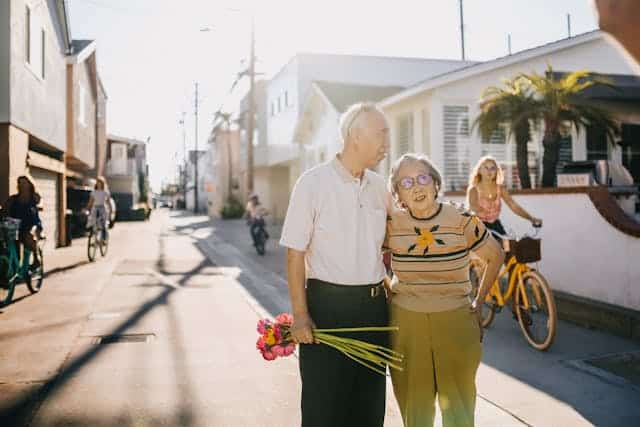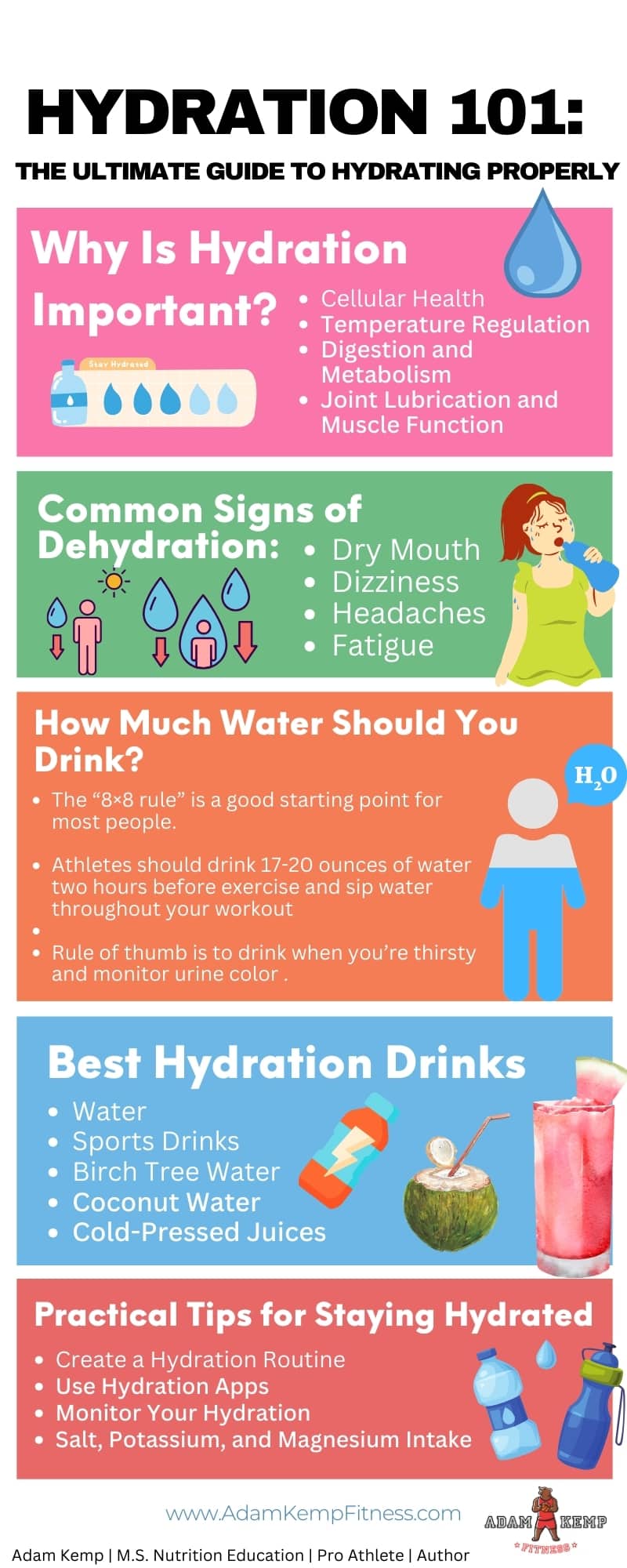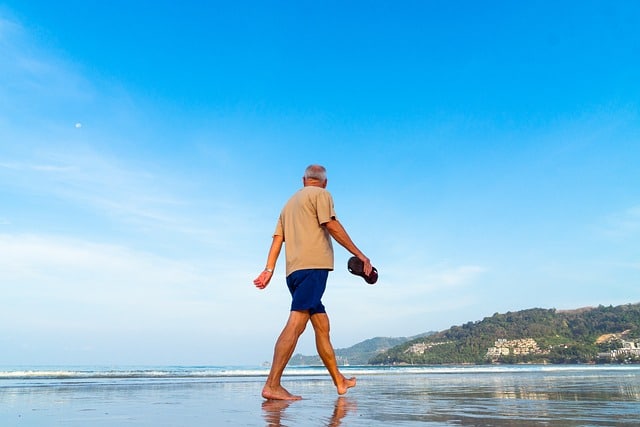Heat Stroke Prevention Tips For Seniors – Hot Weather Safety
Heat stroke is a severe and life-threatening condition that poses a particularly acute risk to seniors because older bodies are often less sensitive to changes in temperature, coupled with potential difficulties in adjusting to sudden heat waves.
Consequently, seniors may not realize they are overheating until the situation becomes critical (Lipman et al., 2019).
Heat stroke occurs when the body’s temperature ascends to 40 degrees Celsius (104 degrees Fahrenheit) or higher, prompting a dire medical emergency that demands immediate treatment.
If neglected or improperly managed, heat stroke can damage vital organs such as the brain, heart, kidneys, and muscles, with an alarming increase in the risk of life-threatening complications (Bouchama & Knochel, 2002).
Understanding the specific health conditions that might exacerbate vulnerability to heat stroke, recognizing the initial signs and symptoms, and cultivating a cool and comfortable environment are pivotal measures that can ensure seniors’ safety during the sweltering summer months.
With proper care, education, and vigilance, seniors can safeguard their well-being and enjoy the summer months without fear or risk.
To stay safe from this deadly condition, Verve Senior Living recommends these crucial heat stroke prevention tips for seniors:
What is Heat Stroke?
Heat stroke is a life-threatening condition that occurs when the body overheats and can no longer regulate its temperature effectively. It typically happens when body temperature rises to 104°F (40°C) or higher, leading to severe health complications if not treated immediately. Seniors are particularly vulnerable due to age-related changes in sweat production, circulation, and overall heat tolerance.
Recognizing the early warning signs of heat stroke—such as dizziness, confusion, nausea, rapid heartbeat, and flushed skin—can be lifesaving. Without prompt intervention, heat stroke can lead to organ damage, heat-related illnesses, or even death.
Why Are Seniors More Vulnerable to Heat Stroke?
As we age, our bodies become less efficient at regulating temperature, making older adults more susceptible to heat-related illnesses. Several factors contribute to this increased risk, including:
- Reduced sweat production – Sweating is the body’s natural cooling mechanism, but aging can reduce this ability.
- Chronic health conditions – Conditions like heart disease, diabetes, and kidney disease can make it harder for the body to respond to heat stress.
- Medications – Certain medications, such as diuretics, low-salt diets, and beta-blockers, can impair the body’s ability to stay cool or recognize dehydration (World Health Organization, 2019).
- Decreased thirst sensation – Older adults may not feel thirsty as often, leading to inadequate hydration.
- Limited mobility – Seniors with mobility issues may struggle to move to cooler environments or access water when needed.
It is vital for individuals, particularly those with existing health conditions or those taking certain medications, to understand the potential impact of heat on their overall well-being.
Individuals should also become educated about the particular measures to implement if symptoms of heat-related illnesses like heat stroke are detected.
Conventional remedies such as sports drinks or excessive water consumption may not always be appropriate, and they could even be detrimental to some populations, such as seniors or those with certain underlying health conditions (Kenny et al., 2010).
For example, consuming coconut water, which is high in potassium, may result in hyperkalemia—a condition characterized by elevated potassium levels in the blood.
This can further aggravate heat stroke effects by affecting the heart’s ability to function properly and may lead to more serious complications, especially in those already susceptible to electrolyte imbalances (Adeva-Andany et al., 2019).
Healthcare providers can offer tailored advice, considering the person’s unique medical profile and lifestyle needs and ensuring that interventions are safe and effective.
This individualized approach fosters an understanding of how to prevent and manage heat-related illnesses, empowering individuals to take proactive measures to maintain their health and well-being.
Signs and Symptoms of Heat Stroke
Heat stroke can develop quickly, especially during extreme heat or prolonged exposure to high temperatures. Warning signs of heat stroke include:
- High body temperature (above 104°F or 40°C)
- Confusion or altered mental state (dizziness, agitation, slurred speech)
- Hot, dry skin (or excessive sweating in earlier stages)
- Rapid pulse and breathing
- Nausea or vomiting
- Loss of consciousness
If any of these symptoms appear, seek emergency medical help immediately. Delayed treatment can result in severe complications or death.
Becoming well-acquainted with the signs of heat stroke can be life-saving, particularly for seniors more susceptible to this condition.
In case of a suspected heat stroke, call emergency services (911) or contact their healthcare provider immediately, as professional medical attention is vital.
Heat Stroke Prevention Tips for Seniors

While heat stroke is dangerous, it is also preventable. Seniors and their caregivers can take the following steps to stay safe in hot weather:
Stay Hydrated
Drinking plenty of fluids is crucial for preventing dehydration and regulating body temperature.
Water is the best choice, but electrolyte-rich beverages can also help replenish lost minerals.
Older adults need to drink water consistently throughout the day, as maintaining proper hydration is essential in helping the body regulate temperature (Sawka et al., 2005).
Staying hydrated not only helps seniors feel cooler but also enhances overall physiological function.
Be mindful of the temperature of the water, though.
Extremely cold water should be avoided, as it may cause muscular cramps or other discomforts.
Offering water at a slightly cool or room temperature is typically more advisable.
Avoid alcohol, caffeine, and sugary drinks, as they can contribute to dehydration.

Dress for the Heat
Seniors should opt for clothing that is both light in weight and breathable, as these selections can facilitate natural thermoregulation and promote comfort in hot conditions.
Fabrics such as cotton can be beneficial as they allow for adequate air circulation (Kwon & Kato, 2019).
If seniors feel chilly indoors, especially in air-conditioned environments, providing a bath towel or a light lap blanket can offer warmth without overly insulating.
Guiding them in these choices respects their autonomy while aligning with their unique needs and preferences.
By focusing on these two fundamental aspects, caregivers can contribute significantly to the well-being and comfort of seniors during hot weather, reducing the risk of heart-related ailments and enhancing their overall quality of life.
A wide-brimmed hat and UV-blocking sunglasses can provide additional protection for the eyes from the sun.
Avoid Peak Sun Hours
The hottest part of the day is typically between 10 a.m. and 4 p.m. If possible, stay indoors in an air-conditioned space during these hours.
If outdoor activities are necessary, schedule them for early morning or late evening.
Keep Indoor Spaces Cool
Use fans, air conditioning, or cool baths to regulate indoor temperatures.
Close blinds or curtains during the hottest parts of the day to block out heat.
If air conditioning is unavailable, consider spending time in public places like libraries or shopping malls that offer climate-controlled environments.
- Utilize Reflective Solutions: Minimize indoor heat by creatively employing cost-effective mylar sheets as DIY reflective solar curtains. These can effectively block out sunlight and retain a cooler indoor temperature.
- Select the Right Living Space: As heat rises, prefer staying on the ground floor or basement to escape the hotter upper floors, capitalizing on natural temperature gradients within the home.
- Explore Air Conditioning Options: Consider purchasing or renting an indoor air conditioning unit if your budget allows. Local stores like Rent-A-Center often provide rental options, facilitating temporary solutions tailored to seasonal needs.
Although electric fans might appear to create a cooler environment, they can sometimes be more detrimental than beneficial, especially for older adults.
The Centers for Disease Control and Prevention (CDC) advises utilizing electric fans only when temperatures remain below the high 90s (CDC, 2020).
Take Cool Showers or Use Wet Cloths
A cool shower, bath, or damp washcloth applied to the neck, wrists, and ankles can help lower body temperature.
Check on Seniors Frequently
Caregivers, family members, and neighbors should regularly check in on older adults during heat waves to ensure they are safe and well-hydrated.
Recognize the Warning Signs Early
Knowing the early symptoms of heat exhaustion—such as excessive sweating, muscle cramps, and dizziness—can help prevent heat stroke. If any symptoms occur, move to a cool place, hydrate, and rest immediately.
These comprehensive strategies combine in-home innovations with community resources to offer an adaptable approach to managing heat.
By proactively creating a cool and comfortable environment, caregivers can substantially enhance the quality of life for seniors during hot weather, aligning care with evidence-based practices and the unique needs of older adults.
Read Next: A Guide to Safe Fitness for Seniors



